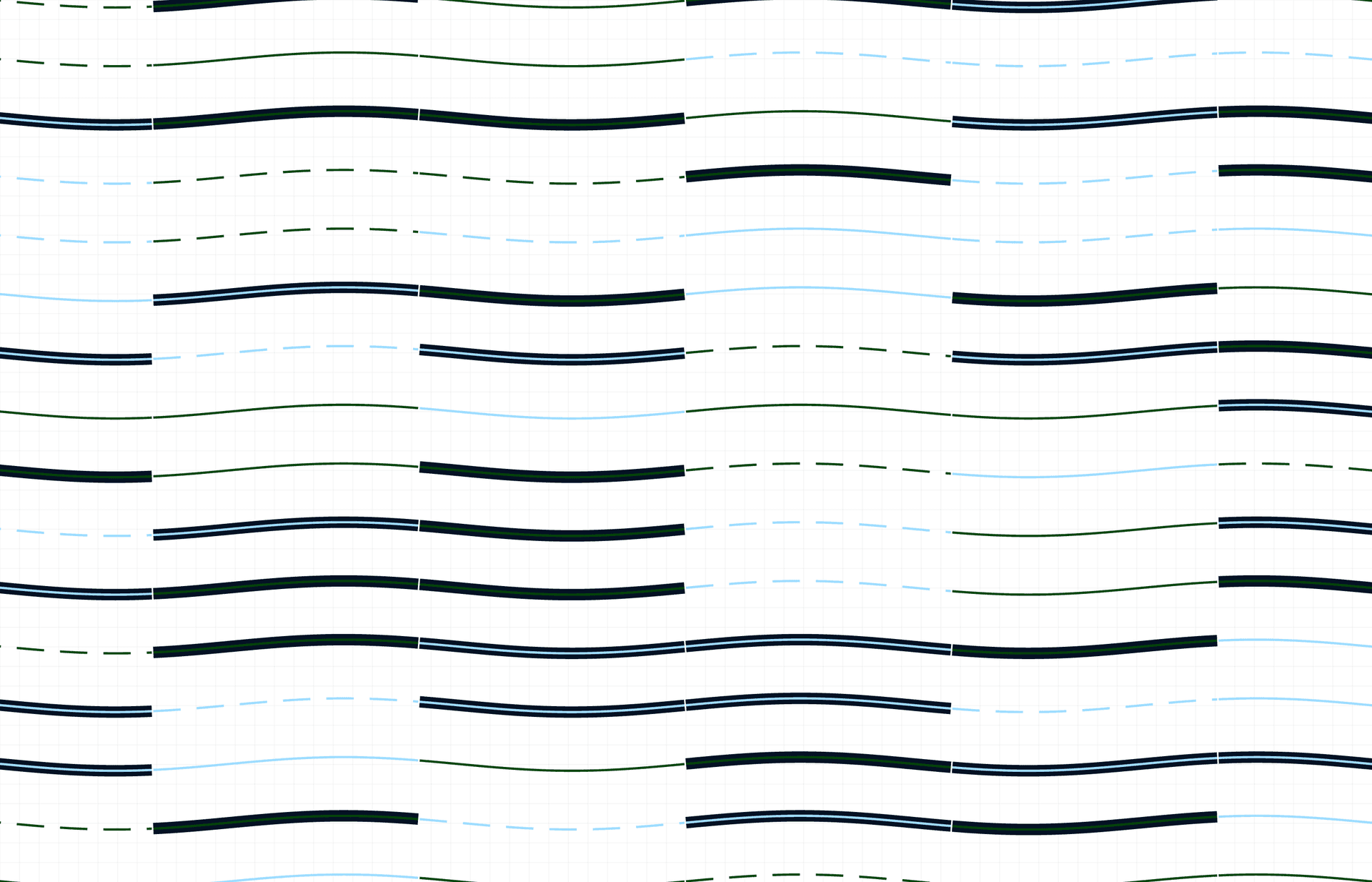Grant Ships

TL;DR:
Grant Ships are “plug-and-play” funding rounds—each a self-contained vessel with its own scope, team, and rules. They let ecosystems scale funding horizontally by launching many small, independently managed grants rounds from a shared infrastructure.
Grant Ships solve the problem of centralized bottlenecks in grant programs. Instead of one global committee reviewing everything, ecosystems can launch many rounds—each with its own purpose, governance, and reviewers.
A Grant Ship includes:
• A defined purpose or thematic scope
• A local steward or team responsible for review and allocation
• Rules, eligibility, and review criteria
• A budget and timeframe
• Integration into shared infrastructure (e.g. Allo Protocol, dashboards, etc.)
This model allows:
• Ecosystems like Optimism or Protocol Labs to support diverse contributors at scale
• Regional, language-specific, or function-specific funding rounds
• Community-led experimentation with different mechanisms (QF, retro, RFP, etc.)
Grant Ships are often run in fleets, meaning many operate in parallel—enabling distributed funding without duplicating tooling or process design.
⸻
Best For
• Ecosystems with many funding needs or regions
• Large DAOs with multiple contributor groups
• Delegated or distributed funding programs
• Organizations needing modular, reusable grant infrastructure
⸻
Good At
1. Scaling grantmaking horizontally across a community
2. Creating autonomy without losing alignment
3. Reducing central bottlenecks in funding flows
4. Encouraging experimentation and local control
⸻
Dependencies / Requirements
• A core protocol or shared funding infrastructure (e.g. Allo)
• Ship-level governance: reviewers, eligibility, round logic
• Comms and coordination between ships (if in a fleet)
• Standardized or composable tooling to reduce setup time
⸻
Not Good At
• Small teams with only one funding stream
• Communities that need centralized oversight for every grant
• Environments with very low capacity to run rounds
• One-time funding—ships are best for repeatable use
⸻
Who Should Use It?
• Protocol ecosystems supporting many types of contributors
• Public goods networks with regional or domain-specific nodes
• Large DAOs wanting to run multiple rounds in parallel
• Funding programs aiming for scale, autonomy, and iteration
⸻
Example Use Cases
• A Web3 education collective launches 5 regional Grant Ships to fund local language content
• A protocol ecosystem runs monthly Dev Tools, Governance, and Community Grant Ships in parallel
• A regenerative network deploys recurring Grant Ships tied to bioregions and steward councils